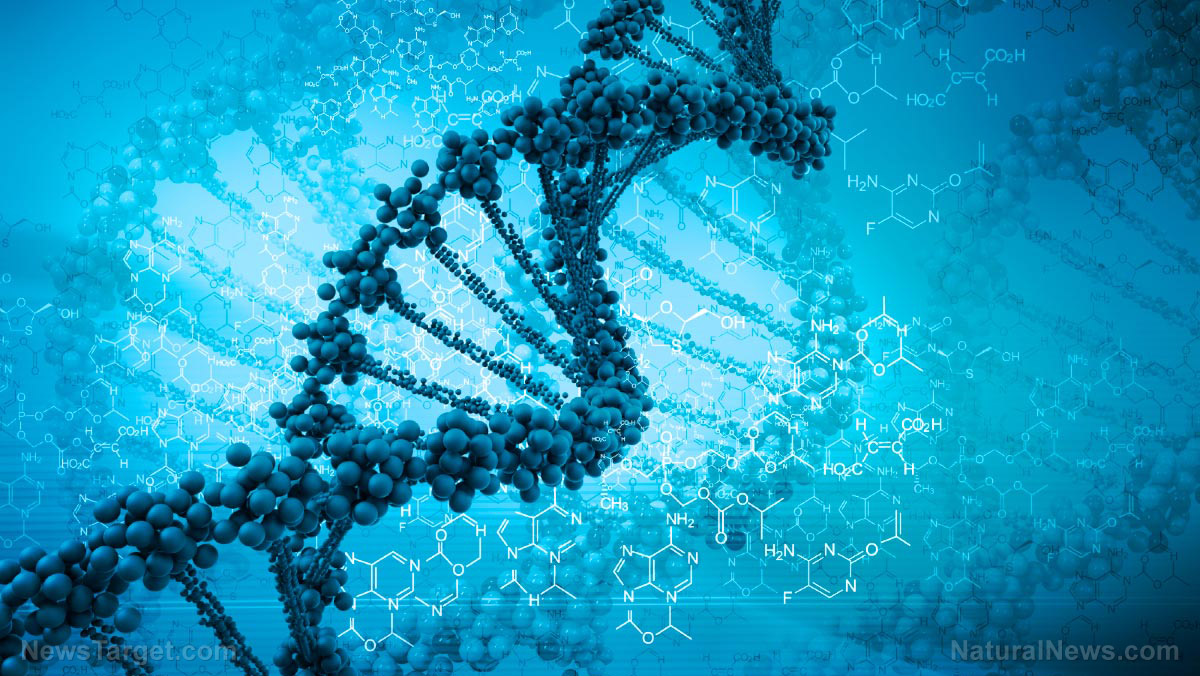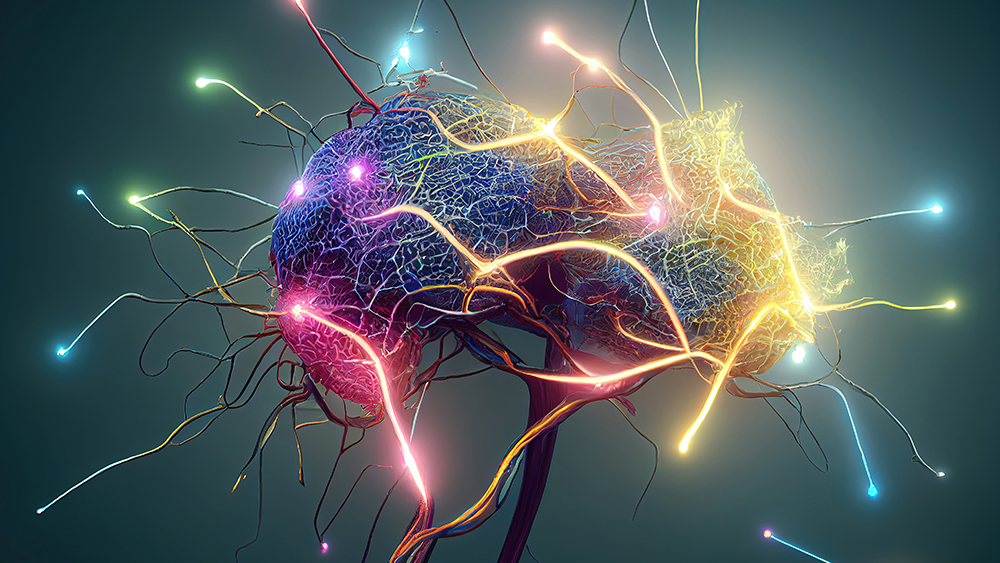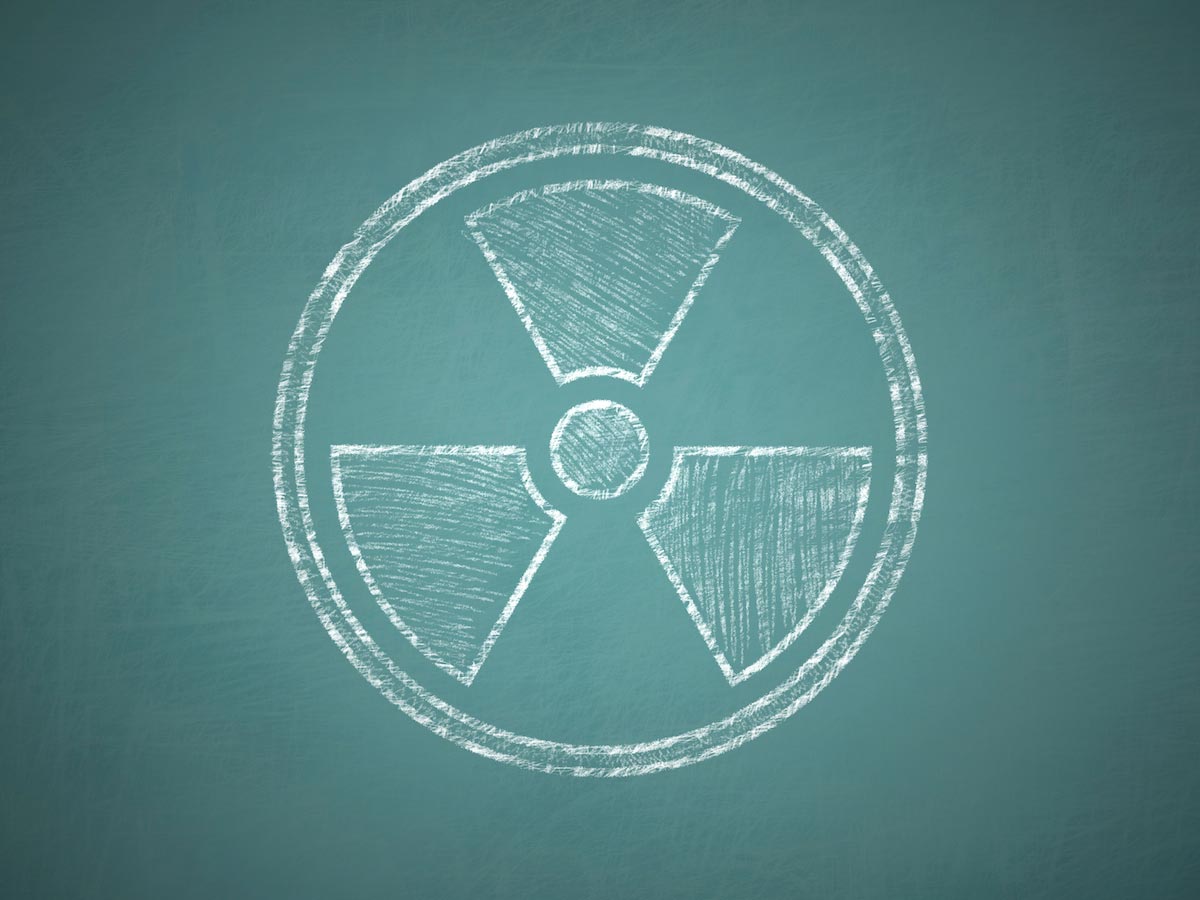
Unraveling human chromosomes
The average size of a human cell is about 100 micrometers in diameter. Inside its nucleus, you'll find a person's DNA. This microscopic molecule consists of two strands and contains biological instructions on how to form a single, unique entity. Since humans are complex organisms, each cell in their body contains more than one DNA molecule. According to studies, the total length of all the DNA in one cell is roughly two meters. But if you combine all the DNA in the trillions of cells that make up the human body, they would be about twice the diameter of the Solar System.
To fit inside the nuclei of cells, DNA molecules are packaged into X-shaped structures called chromosomes. Chromosomes consist of DNA molecules tightly wound around proteins called histones. When DNA needs to be replicated, enzymes called helicases cause them to unwind from histones so they can be copied. But during cell division, DNA is transferred to new cells in the form of chromosomes. (Related: Breakthrough (and scary) technology allows scientists to collect DNA from the air.)
The process of cell division is important for living organisms because it allows old or damaged cells to be replaced with new ones. Chromosomes play a crucial role in this process as they ensure that DNA is accurately copied and properly distributed to newly formed cells. When mistakes occur during cell division that causes changes in the number or structure of chromosomes in new cells, it leads to serious health problems.
For instance, a type of error known as chromosomal translocation 9:22 occurs in people with a Philadelphia chromosome (abnormally short chromosome 22). During this reciprocal translocation, parts of chromosomes 9 and 22 break off their respective structures and switch places, resulting in the formation of a hybrid gene on chromosome 22 that is always turned "on." The protein encoded by this gene causes cells to divide uncontrollably -- a hallmark of cancer development. People with a Philadelphia chromosome have a significantly higher risk of developing chronic leukemias than people who don't.
Another type of chromosome-related error that may occur during cell division is a numerical abnormality. Aneuploidy, which refers to the absence of a chromosome or the presence of an extra chromosome, is the most common type of chromosomal abnormality in humans. Some well-known diseases caused by aneuploidy include Down syndrome, which is caused by an extra chromosome 21 (trisomy 21); Klinefelter syndrome, which is caused by an extra X chromosome in males; and Turner syndrome, which is caused by a missing or partially missing X chromosome in females.
Human chromosomes weigh more than expected
For the first time since the development of genetics in the early 20th century, researchers have finally succeeded in measuring the mass of all 46 human chromosomes. Using a technique called X-ray ptychography, which allowed them to create a 3D model of the chromosomes with the help of an extremely powerful X-ray beam, a team led by University College London (UCL) researchers calculated the precise number of electrons in each chromosome to estimate their total mass.
Thanks to previous studies, much is known about human DNA. But when it comes to chromosomes, one of the few things researchers are certain of is that at metaphase -- the stage of cell division where chromosomes are at their second-most condensed state -- each human cell contains 23 pairs of chromosomes, and within these are four copies of 3.5 billion base pairs of DNA. This is why the team chose to image the chromosomes at this stage.
"Chromosomes have been investigated by scientists for 130 years but there are still parts of these complex structures that are poorly understood," said UCL professor Ian Robinson, the study's senior author. "The mass of DNA we know from the Human Genome Project, but this is the first time we have been able to precisely measure the masses of chromosomes that include this DNA."
To Robinson and his team's surprise, however, the values they obtained were much larger than previously expected. Their calculations revealed that the human chromosomes are about 20 times heavier than the DNA they contain. This suggests that there might be other components yet to be discovered.
"Our measurement suggests the 46 chromosomes in each of our cells weigh 242 picograms (trillionths of a gram). This is heavier than we would expect, and, if replicated, points to unexplained excess mass in chromosomes," said Robinson.
At present, the team doesn't have a good explanation to offer for their strange discovery. But they are hopeful that further studies will eventually reveal the answer. After all, according to lead author Archana Bhartiya, a better understanding of chromosomes may have important implications for human health.
"A vast amount of study of chromosomes is undertaken in medical labs to diagnose cancer from patient samples. Any improvements in our abilities to image chromosomes would therefore be highly valuable."
For more updates on genetic research, visit Research.news.
Sources include:
Please contact us for more information.























